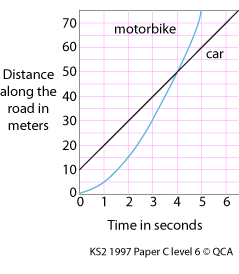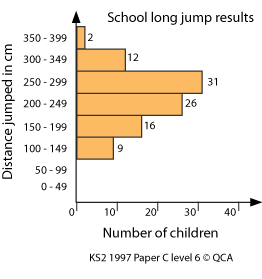Consolidation and practice
These resources are to support children in guided or independent work. Roll over the highlighted resources for a description.
Data handling
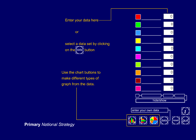
This interactive teaching program (ITP) is an ICT-based tool to support the exploration of data. Data handling ITP allows the child or teacher to enter data into a table and then create a vertical bar chart, a horizontal bar chart or a pie chart. The user can select from existing datasets, which can then be amended to show the impact and change on the charts, or they can enter collected data.
Line graph
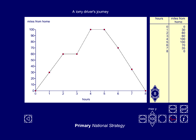
This interactive teaching program (ITP) is an ICT-based tool to support the exploration of handling data. Line graph ITP allows the child or teacher to enter data into a table or select from existing data sets and then create a line graph to represent the data. Data and values on axes can be changed to explore the impact on the graph.
Opportunities to use and apply
Possible contexts include:
- Exploring issues in school, e.g. graphs created to explore issues that may support School Council decisions, such as homework.
- Real-life graphs and charts, e.g. from newspapers, magazines and websites.
- Cross-curricular contexts, e.g. line graphs produced in science experiments; real-life data linked to geography and history projects.
- Measures, e.g. conversion graphs - create and interpret line graphs to show the relationship between linked measures, such as comparing pounds with euros, converting Celsius to Fahrenheit.
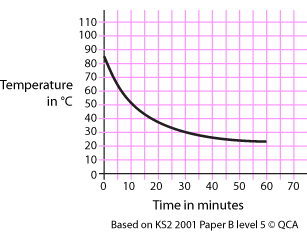
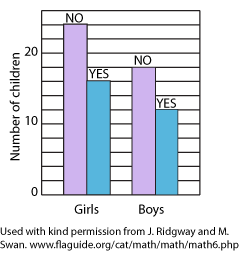
 Handling data
Handling data


